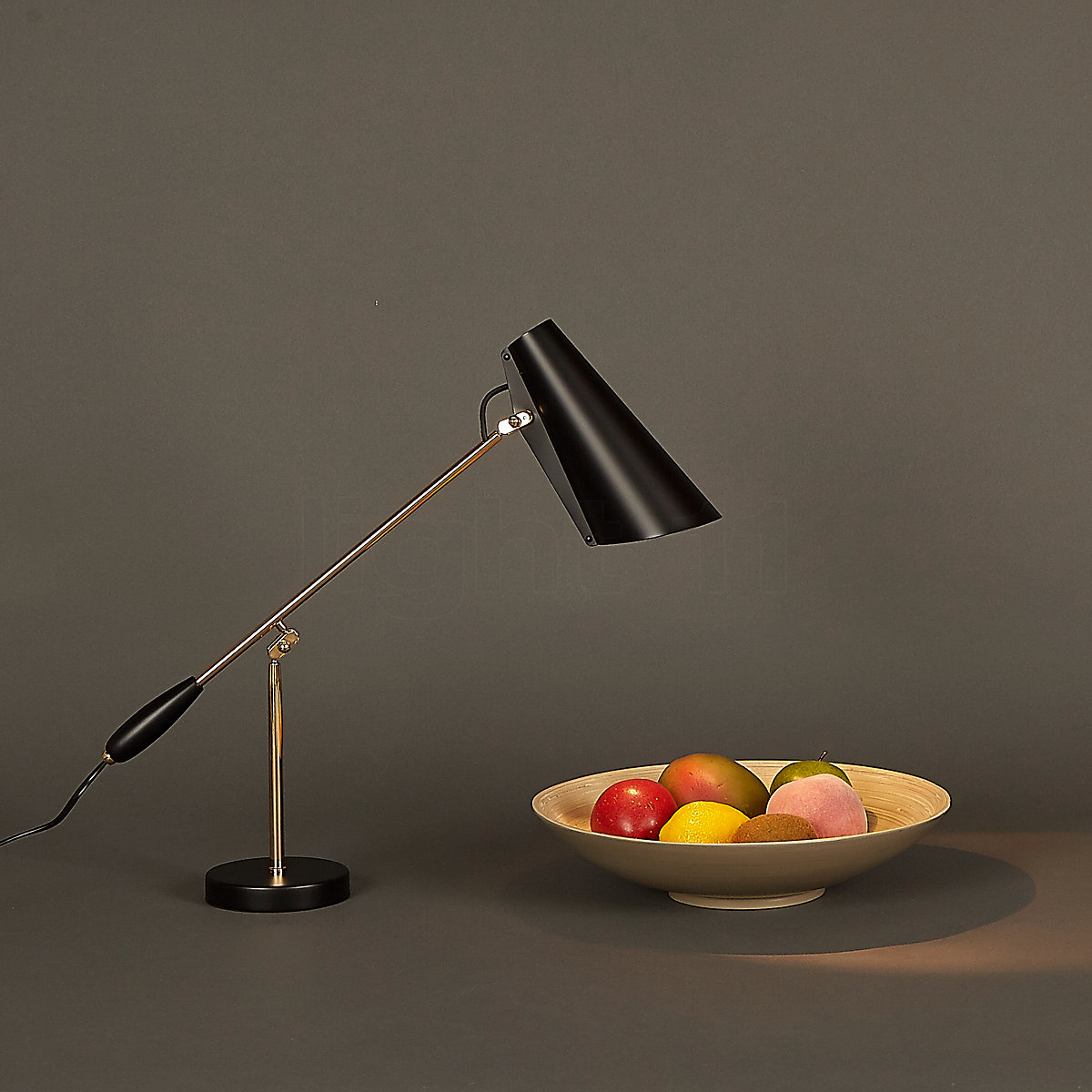
Many people struggle to decide what the ideal room temperature is, especially if they work in an office and have very little control over the thermostat. The answer to this question depends on a variety of factors, including personal preference, how active you are, the season, and even your gender. Regardless, the ideal room temperature can greatly affect your health and well-being.
Room Temperature Defined
The definition of a room’s temperature can vary, depending on how the term is used. In the context of an average home, this could be the temperature set on a thermostat, or it could be the typical daily ambient air temperature in that household. The term can also be used in the context of scientific experimentation. Generally, science experiments are conducted at a specific temperature that is considered to be “room temperature” for the purposes of conducting the experiment.
This is important because the room temperature will influence how the experiment results are interpreted. For example, small differences in room temperature can cause the sample to react differently with chemicals or other materials, which can have an impact on how the experiment is completed and the results analyzed.
Most physical thermometers can be switched between Celsius and Fahrenheit, and most apps that provide room temperature readings will allow you to toggle the two systems in settings. However, if you only have contact thermometers (like those on certain smartphones), it can take a long time for them to acclimate to the actual room temperature.
In general, most people are happy with a room temperature of 68 to 77 degrees F. This is a comfortable temperature for most adults, and it can help them sleep better at night. However, it is important to note that some individuals may prefer a slightly warmer or cooler room temperature for their own comfort.
It is also worth noting that females tend to prefer a warmer room temperature than men. This is due to their lower metabolic rate and the fact that they produce less body heat. It is also worth noting that pregnant women and children can benefit from a slightly higher room temperature than other individuals.
Baby and elderly people are particularly sensitive to changes in room temperature, and can be more susceptible to illness if the room is too hot or cold. It is important to keep these individuals in rooms that are a few degrees warmer or cooler than normal, especially during the winter.
Lastly, it is important to consider that high room temperatures can lead to a feeling of discomfort in employees working in an office environment. This can lead to low job satisfaction, decreased self-estimated performance, and difficulties concentrating on cognitive tasks. The solution is to ensure that the workplace has a comfortable room temperature for all employees, no matter their gender. This will improve employee morale and productivity. It will also save on energy costs and decrease the amount of carbon dioxide that is released into the atmosphere.



